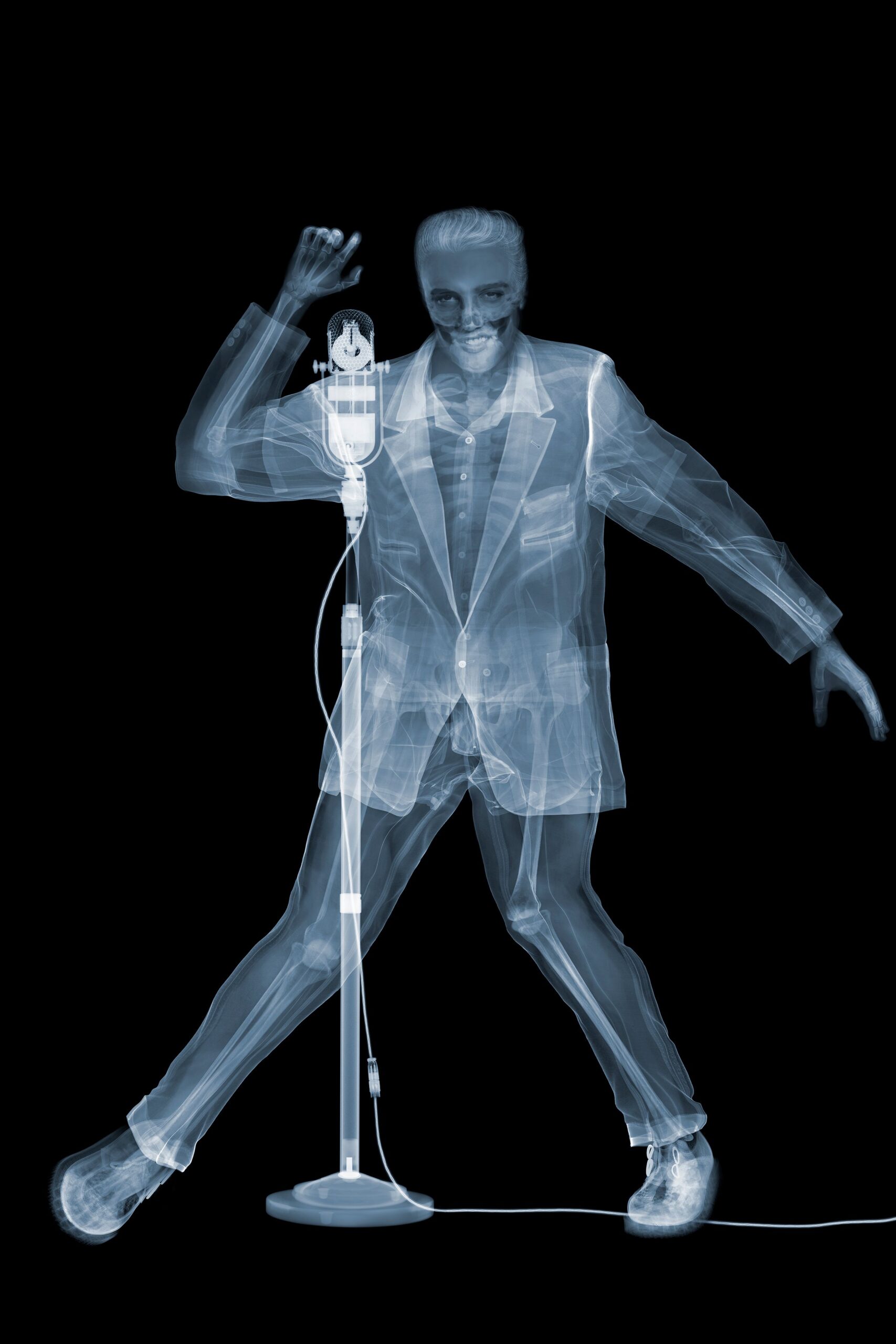
The Art Of XRay Photography jonelblog
As its name implies, the X-ray style depicts animals or human figures in which the internal organs and bone structures are clearly visible. X-ray art includes sacred images of ancestral supernatural beings as well as secular works depicting fish and animals that were important food sources.

XRay Art Stane Jagodič
Gunbim Kakadu contains one of the greatest ROCK ART concentrations of rock art sites in the world and constitutes one of the longest historical records of any group of people. A major international cultural resource, the significance of Kakadu's art sites is recognised in the park's United Nations World Heritage listing.
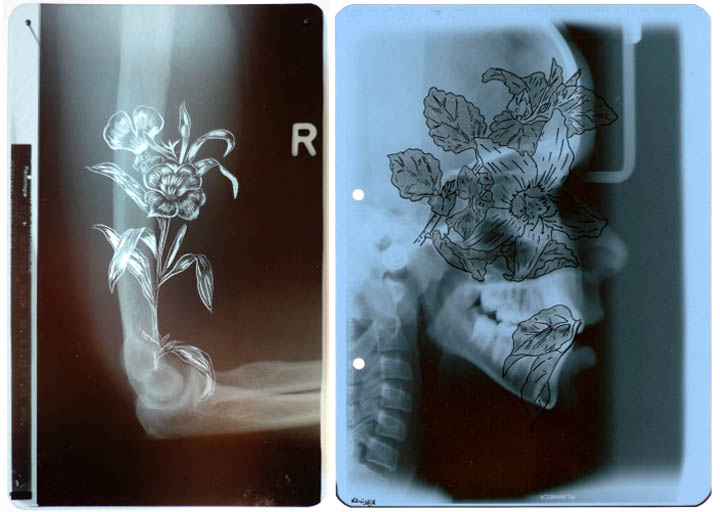
Dark Roasted Blend Radical XRay Art
X-ray style art, sometimes referred to as just X-ray style or X-ray art, is a prehistoric art form in which animals (and humans) are depicting by drawing or painting the skeletal frame and internal organs. [1] [2] [3] The style may date as far back as c. 8000 BC in the Mesolithic (rock) art of northern Europe.

XRay Art Brings History to Life Photo Journal WSJ
In Northern Australia (Arnhem Land NT) Aboriginal x-ray art is a traditional style used to depict local animals and stories. Many of the animals are painted showing some anatomical features, that is, painted in x-ray. X-ray art shows the artist's connection and understanding of his country and its inhabitants.
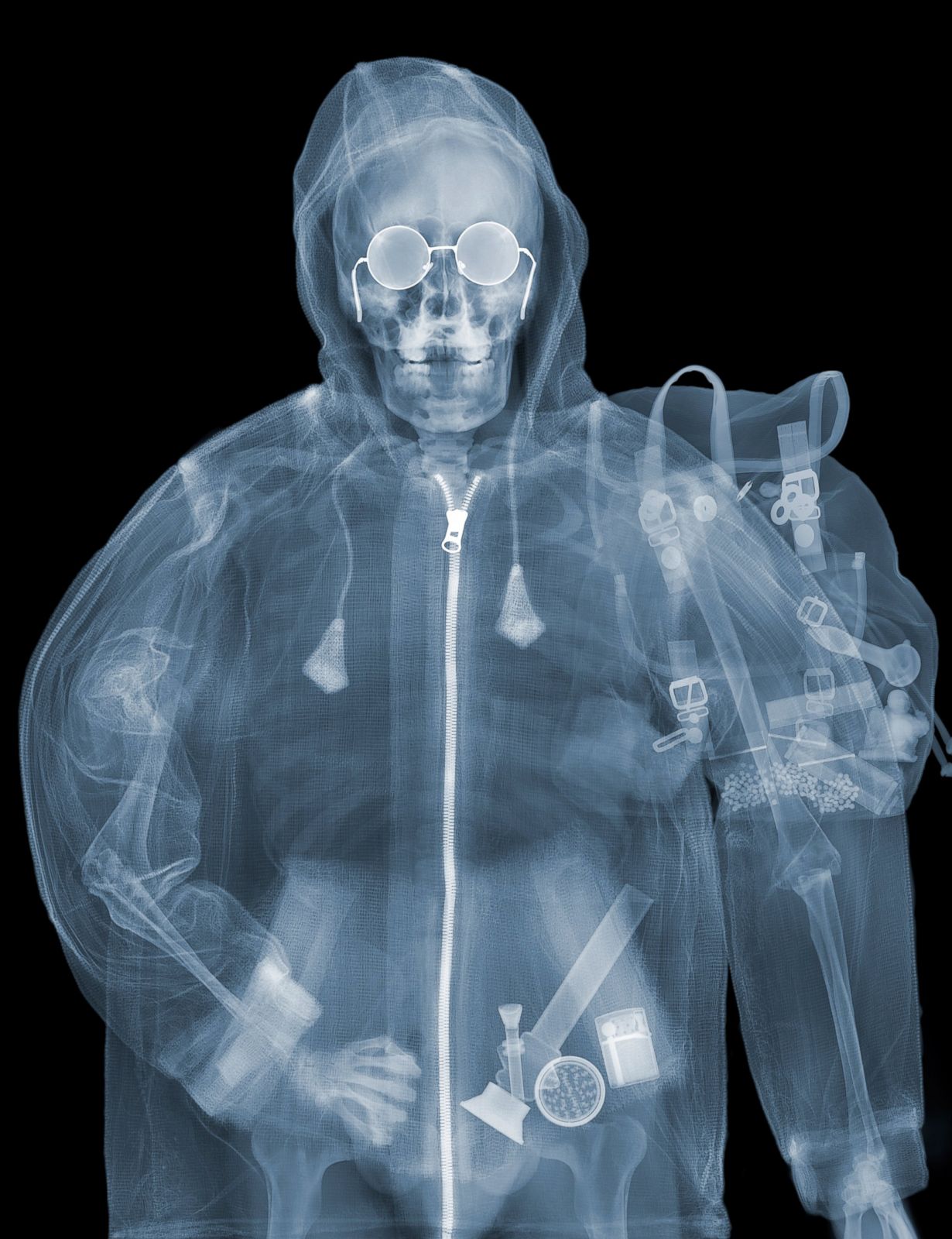
Stoner Picture Nick Veasey's 'XRay Art' ABC News
X-ray style art is one of many art forms traditional made by the Indigenous peoples of Australia. Indigenous Australian art, also known as Australian Aboriginal art, includes a vast array of art forms - such as wood carving, rock carving, sculpting, leaf painting, dot painting, sand painting, and more - and some of it is x-ray style art.
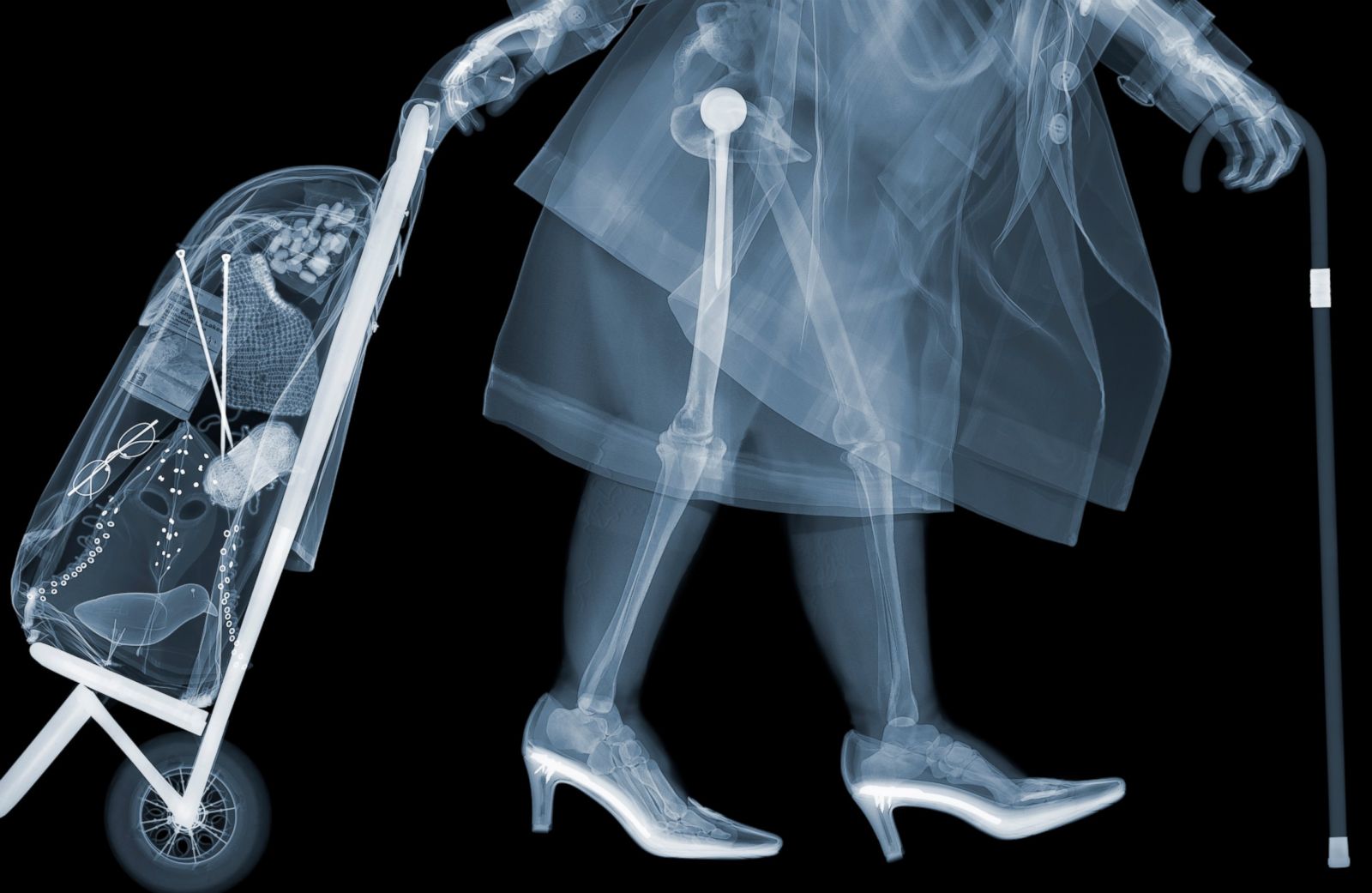
Granny Picture Nick Veasey's 'XRay Art' ABC News
By analysing the sequence of local rock art styles, researchers in western Arnhem Land have suggested a time depth of some 3,000 years for the development of the X-ray technique, although the art has not yet been dated directly (Chaloupka 1993; Taçon 1989a). The increasing use of X-ray coincides with broad-scale, regional environmental changes that led to the formation of freshwater.

The Art of XRay Photography at Eden Roc Arts & Business Council of Miami
Turvey also enhances the images with color. "X-ray is a gray scale process, and color is an amazing tool to control where the viewer looks and in what order over an object," he says. "It.

XRay Art Stane Jagodič
X-ray art primary resource Discover this unusual method of creating artworks. This primary resource gives children the opportunity to think about art in different forms, and the diverse techniques that artists can use to create their work. Discover how Arie van 't Riet uses an X-ray machine to create his artwork.

Pioneer of aerosol Xray Art SHOK1 Xray art, Neon painting
Great choices and great prices. No minimum order required. Left and Right sets. Clip-ons. Position indicator x-ray markers. Personalized x-ray lead markers.
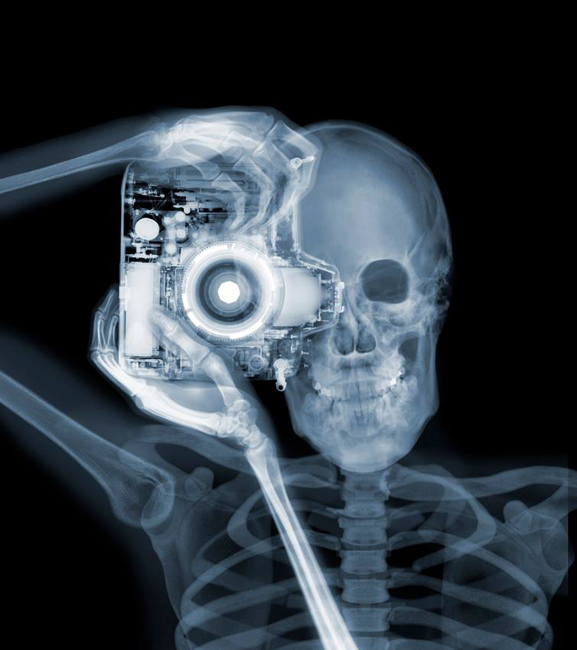
X Ray Art Bilscreen
X-ray style, manner of depicting animals by drawing or painting the skeletal frame and internal organs. It is one of the characteristic styles of the art of some prehistoric hunting cultures. The style can be seen in the Mesolithic art of northern Europe (c. 8000-2700 bc), where early examples have
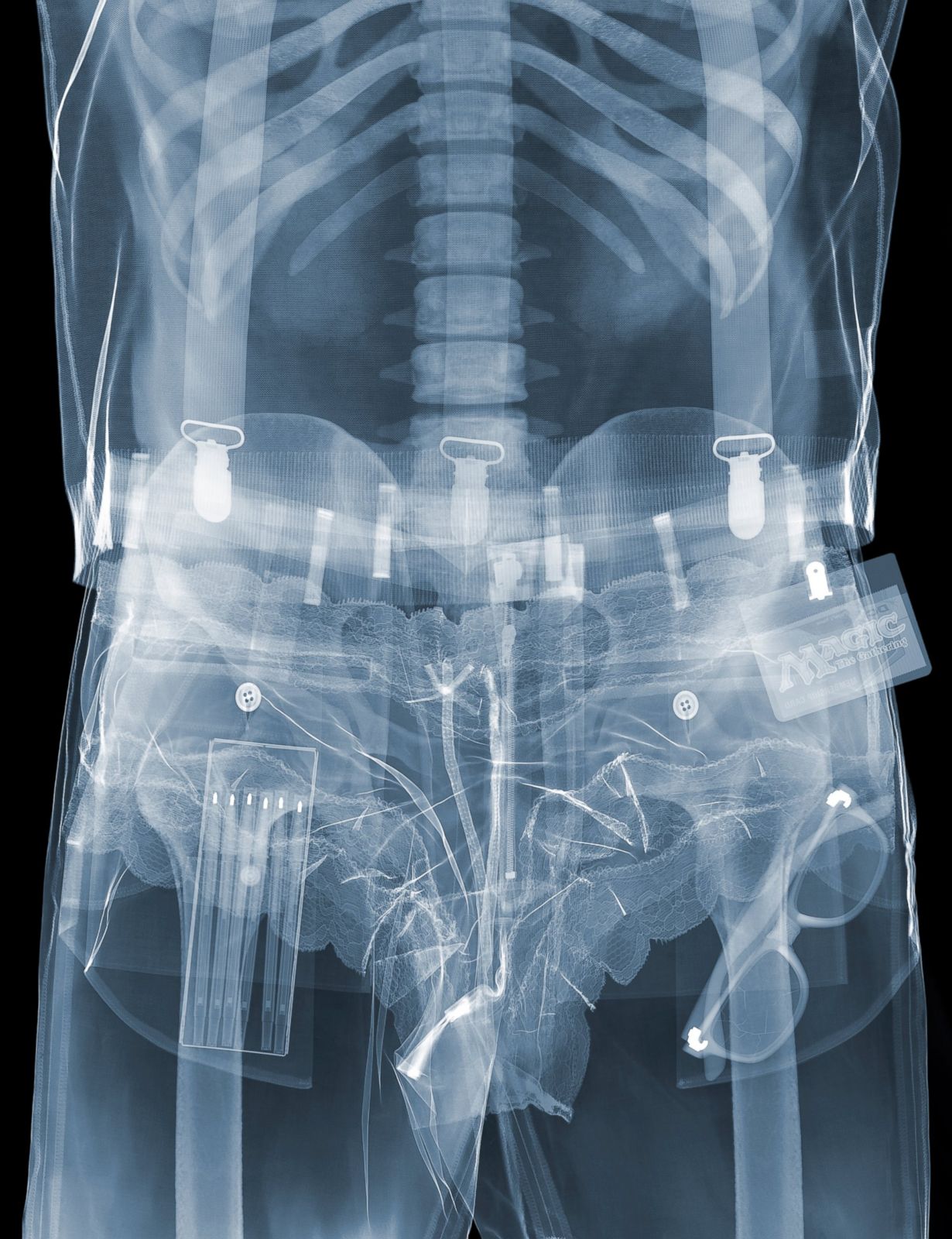
Geek Picture Nick Veasey's 'XRay Art' ABC News
Aboriginal X-Ray Art is an indigenous style of painting where the artist visualizes not only the external shape of the subject (usually animals, humans or spirit beings), but also its internal structure.

XRay Art Stane Jagodič
X-ray style art is a manner of depicting animals and humans by drawing or painting the skeletal frame and internal organs. No x-ray machines are used in the creation of this type of art; it is a very old art form known since the Mesolithic era.

Amazing Xray art reveals hidden beauty CBS News
X-ray art is one of those innovative forms. Blurring radiology and photography, even common items become interesting as the x-ray strips back their layers to reveal their often-ignored (and often elegant) internal structures. Arie van't Riet Flowers are always a popular portraiture subject, under the x-ray or not.

Businessman Picture Nick Veasey's 'XRay Art' ABC News
"X-Ray art is a symbolic representation of an animal." Its purpose, she said, was to capture the soul and spirit of the peoples' prey. The art could be found deep within caves or in sacred.
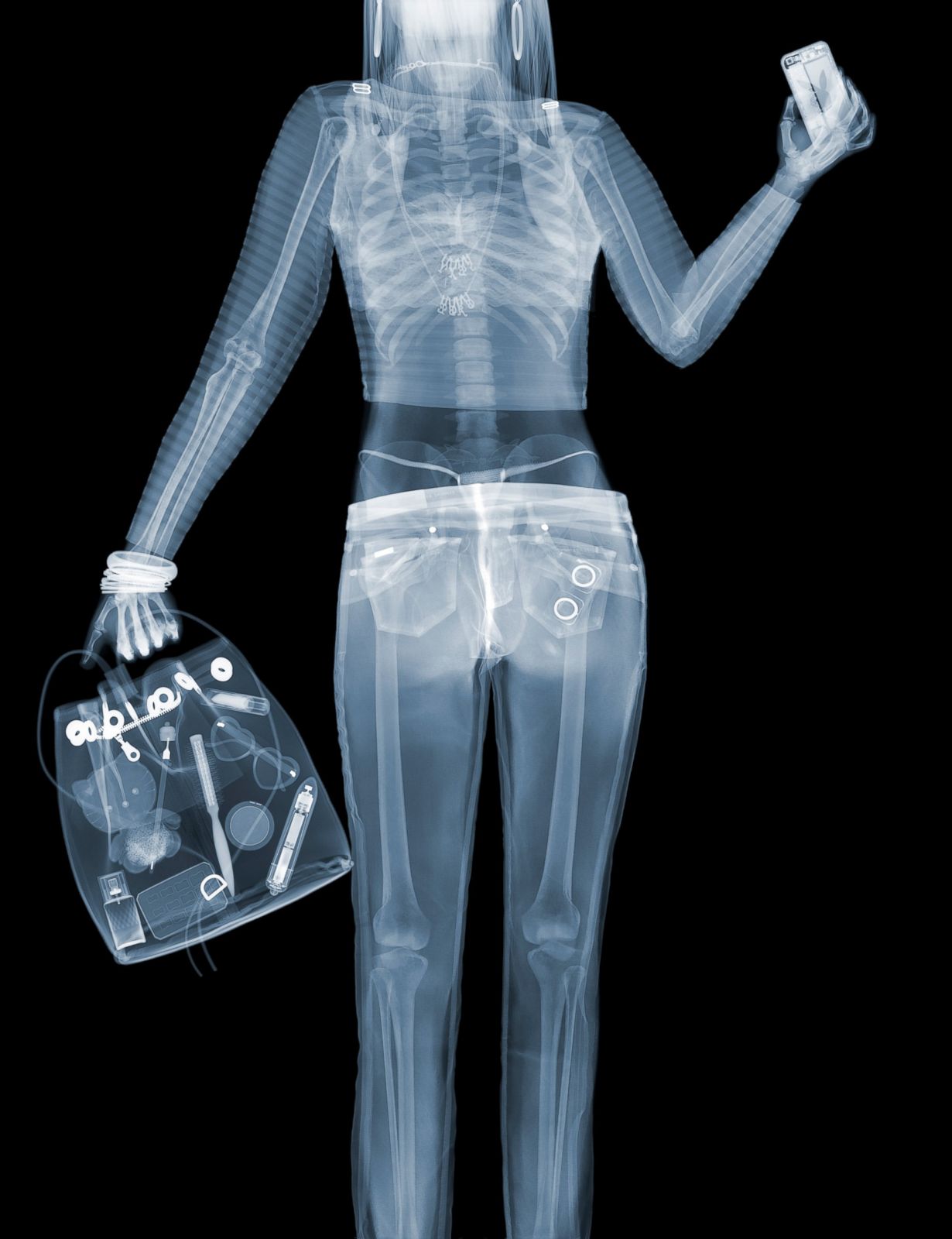
Punk Picture Nick Veasey's 'XRay Art' ABC News
X-Rays at the Art Institute of Chicago. We have been X-raying paintings in the Conservation and Science Department since 1968. To start, we lay an unframed painting face up on a lead-lined table that houses a small X-ray unit at the base. For large paintings, we can roll the X-ray table into the galleries. The painting is supported face-up on.
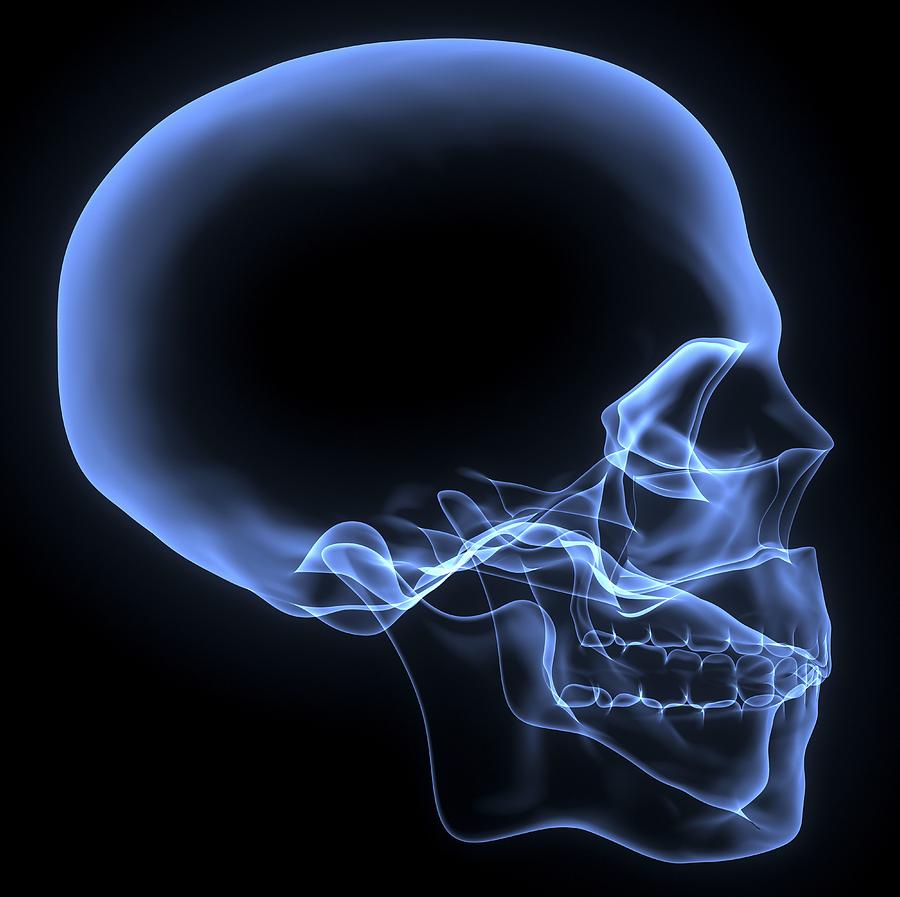
Human Skull, Xray Artwork Photograph by Pasieka
X-Ray Art. X-ray art established its origins in rock art. It is a traditional, naturalistic style used by the people of Arnhem Land in the Northern Territory of Australia. The name comes from the way in which animals and humans are painted showing anatomical features with a detailed presentation of bone structures and internal organs.